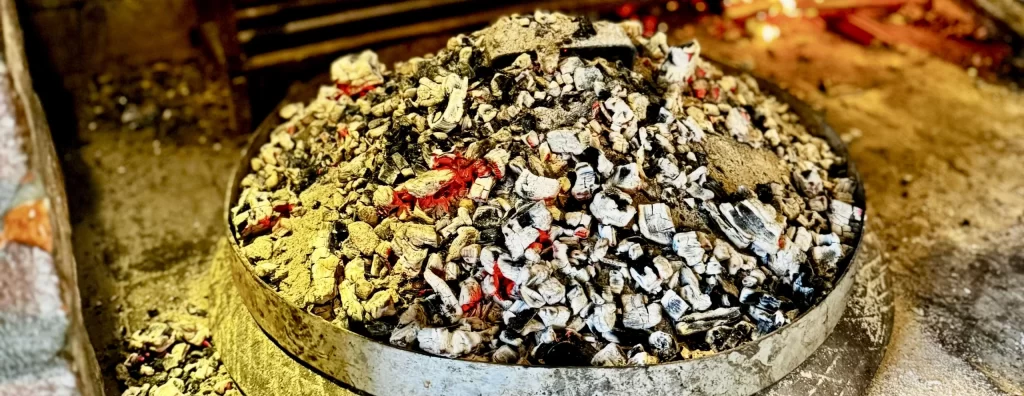Traditional Croatian food in Dalmatia showcases a deep commitment to authentic cooking methods and fresh, local ingredients. One of the most famous dishes, Skradin risotto, requires 8-10 hours of careful preparation, reflecting the region’s rich culinary heritage. From slow-cooked specialties like peka to time-honored seafood recipes, Dalmatian cuisine offers a true taste of tradition that every visitor to Croatia should experience.
Dalmatian food celebrates fresh seafood and local ingredients through time-tested cooking techniques. Some dishes require extraordinary patience. The peka method needs 6 hours to achieve perfection, while pašticada’s preparation spans three days. Croatia’s cuisine shines with fresh fish and green vegetables. Local seasonings like garlic, rosemary, and parsley add distinctive flavors, and the region’s premium olive oil makes everything taste better.
Croatian cuisine is defined by some of its most notable dishes. The sweet-salty Dalmatian prosciutto and the unique black risotto, prepared with cuttlefish ink, are prime examples. These authentic recipes, passed down through generations, vividly reflect Croatia’s rich culinary heritage.
Peka (Octopus or Meat Under the Bell)
Peka stands out with its unique cooking vessel – a large metal or clay bell-shaped dome used to prepare some of Croatia’s most cherished dishes. This traditional cooking method has been the life-blood of Dalmatian culinary heritage since Neolithic times.
The cooking process starts by placing meat or seafood with vegetables in a flat round tray. A bell-shaped lid covers the ingredients as they slow-cook under hot embers. Veal, lamb, and octopus rank among the most popular choices, and each needs about an hour and a half to cook perfectly.
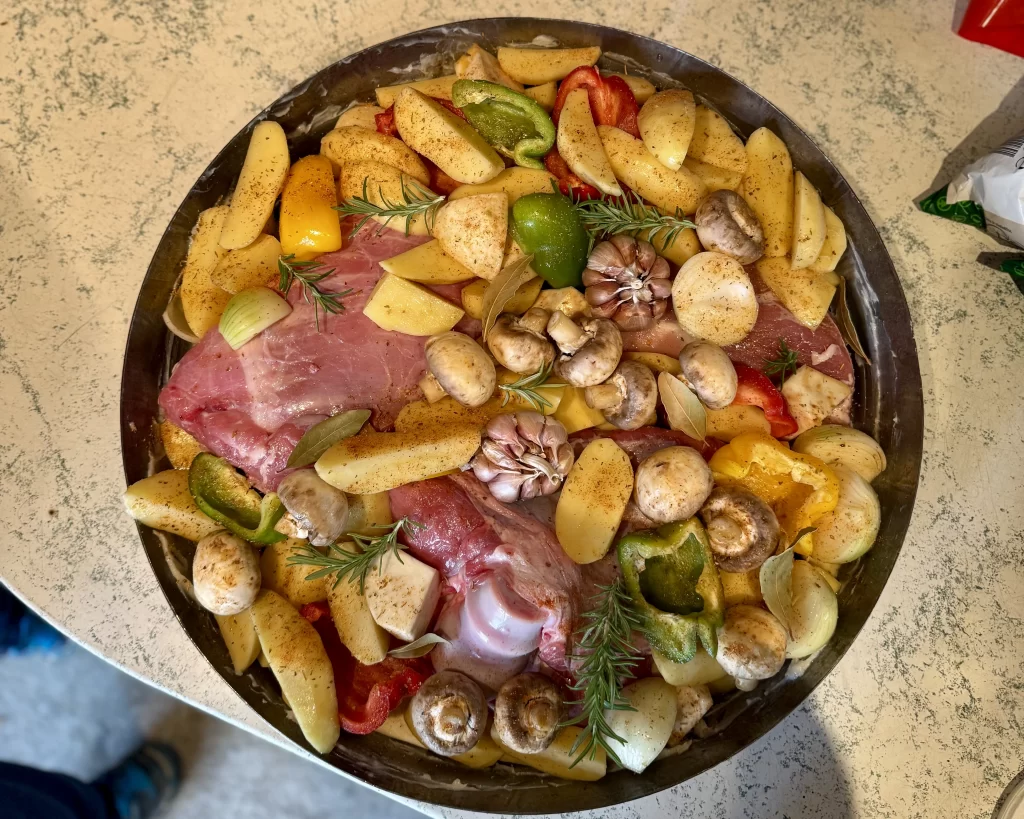
A splash of white wine at the time of mid-cooking creates pure magic. This technique results in meat so tender that locals say “you can literally chew with your eyebrows”. The potatoes cook among other ingredients and soak up all the flavorful juices, which makes them essential to the dish.
Note that peka requires advance ordering at restaurants since it takes more than an hour to prepare. The dish arrives at your table in the traditional iron pot, creating a unique experience.
Dalmatian islands and rural areas feature these traditional fireplaces in house yards or ground floors that serve as gathering spots. Preparing peka remains a social event that brings people together around the fireplace’s warmth while the meal cooks to perfection.
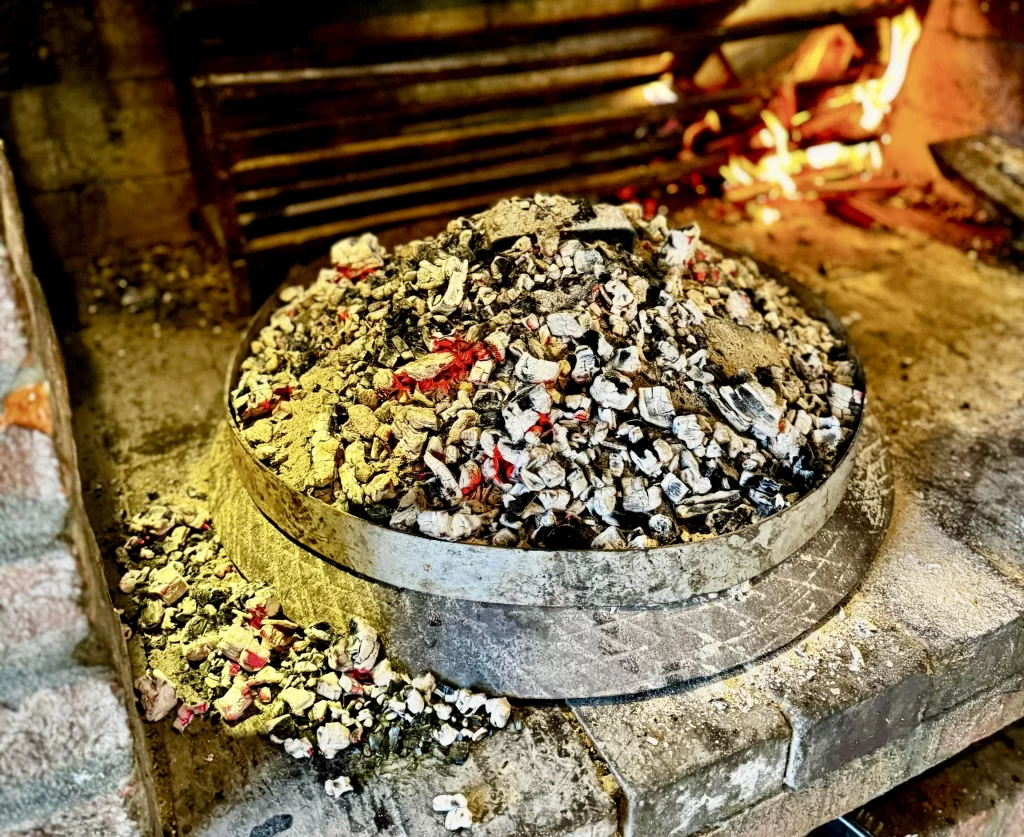
Black Risotto
Crni rižot stands out as one of Dalmatia’s most striking culinary creations with its dramatic jet-black appearance and rich seafood flavor. This distinctive risotto gets its mysterious dark color from cuttlefish ink and packs antioxidants, proteins, and iron.
Chefs start by cleaning the cuttlefish and extracting the ink sac. The recipe calls for Arborio or Carnaroli rice, which creates the signature creamy texture due to their high starch content. The cooking process involves sautéing onions and garlic in olive oil before adding cuttlefish pieces and white wine.
Traditional preparation follows a simple rule: “the blacker the risotto, the better”. Chefs add the precious ink at different stages – some mix it early in the cooking process, while others add it towards the end to achieve the deepest color.
The risotto needs constant attention during cooking. Chefs add warm fish stock gradually to achieve the perfect consistency. The final dish delivers a nuanced flavor profile that’s sharp but not overpowering. Many diners enjoy it as is, while others prefer their plate with a sprinkle of parmesan cheese.
Restaurants from Rovinj to Dubrovnik serve this iconic dish, especially in family-run konobas. The dish takes about 20 minutes to cook and creates a rich, complex flavor that captures Dalmatian coastal cuisine’s essence.
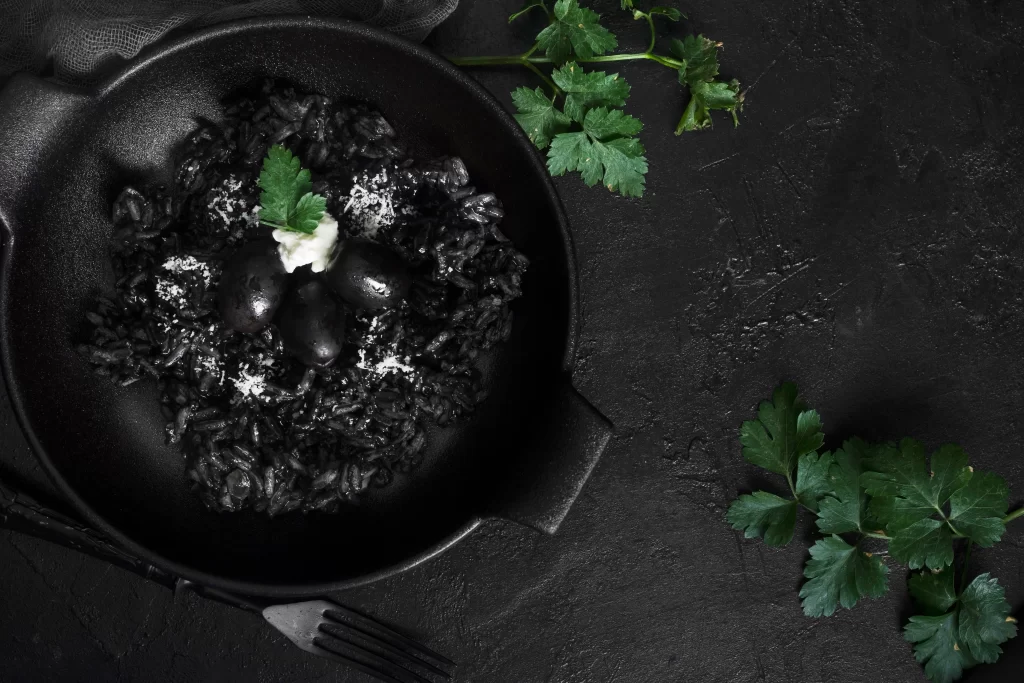
Dalmatian Prosciutto and Cheese
Dalmatian prosciutto stands as a protected delicacy in Dalmatian culinary heritage since Ancient Roman times. This exceptional cured meat takes 12 months to prepare, and artisans use only sea salt and the region’s unique climate to create its distinctive flavor.
The authentic Dalmatian prosciutto’s excellence comes from five key elements:
-
- Premium pork leg
-
- Pure sea salt
-
- Northeastern bora wind
-
- Traditional smoking process
-
- Family recipes passed through generations
The Mediterranean climate creates perfect conditions for prosciutto production with its warm, dry summers and mild winters. The region’s frequent winds, especially the bora, help naturally dry and mature the meat.
Paški sir (Pag cheese) has become Croatia’s most celebrated artisan cheese. The indigenous Pag sheep’s milk gives this hard cheese its unique flavors. These sheep graze on herb-rich pastures covered with Adriatic sea salt. The cheese’s excellence shows in its Gold Award at the Global Cheese Awards in 2017.
Cheesemakers need seven liters of sheep’s milk to produce just one kilogram of Paški sir. Young Paški sir shares similarities with Manchego in taste and texture, and needs at least 60 days to age. The aged version develops a beautiful caramel color with distinctive crystals that give it nutty and piquant notes similar to Pecorino Romano.
Local food enthusiasts serve this premium cheese with a drizzle of olive oil or alongside Dalmatian prosciutto. This combination perfectly showcases Croatia’s finest delicacies. These centuries-old production methods continue to create world-class products that represent the region’s traditional food excellence.
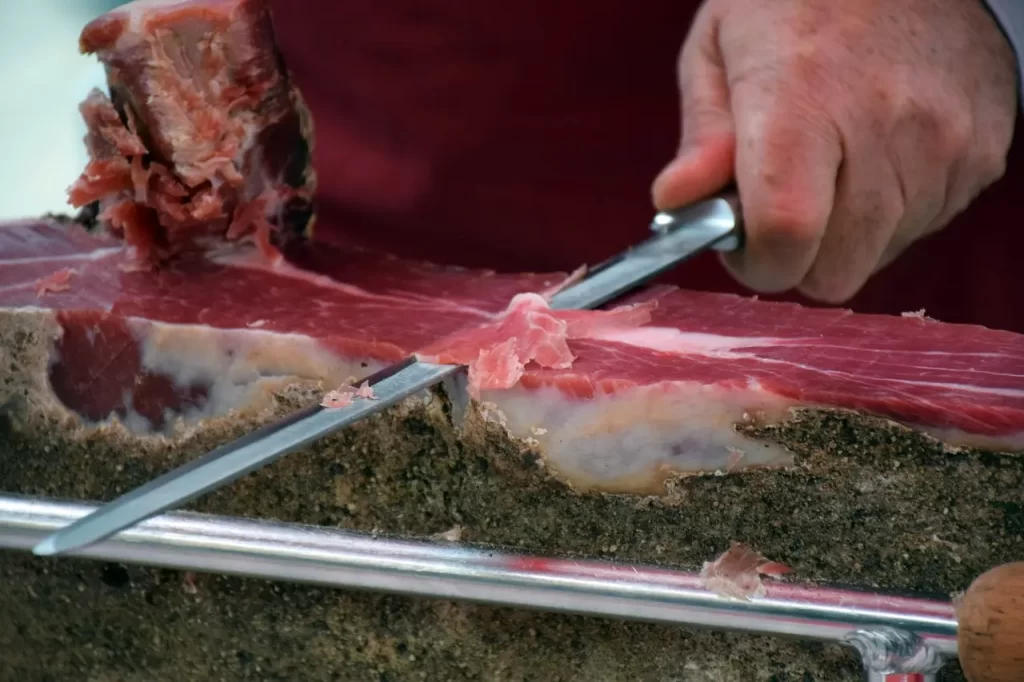
Fresh Grilled Fish and Seafood
Wood charcoal grilling remains the life-blood of Dalmatian seafood preparation. This simple cooking method enhances the natural flavors of fresh-caught Adriatic fish.
Quality fish selection makes all the difference:
-
- The fish’s eyes should be clear, bright and slightly bulging
-
- Look for shiny, moist skin without any discoloration
-
- The flesh must be firm and elastic, springing back when pressed
Traditional preparation methods have stood the test of time. The fish needs proper cleaning and drying before seasoning with salt and pepper. A generous olive oil coating helps create a crispy, even grilled exterior. Local chefs add their special touch by using a rosemary branch to baste the fish with olive oil while grilling. This technique infuses the fish with Mediterranean aromas.
Sea bass and gilt-head bream are the top choices for grilling. These fish, along with sardines, deliver an authentic taste of Dalmatian coastal cuisine. The cooking time depends on the fish size – gilt-head bream takes 15 minutes to cook while sardines need just 5 minutes.
Blitva serves as the classic side dish – Swiss chard with potatoes that’s seasoned with olive oil, salt, and garlic. The meal pairs beautifully with local wines. Trbljan offers crisp citrus notes, while Višan (Maraština) brings delicate floral aromas to complement these seafood dishes.
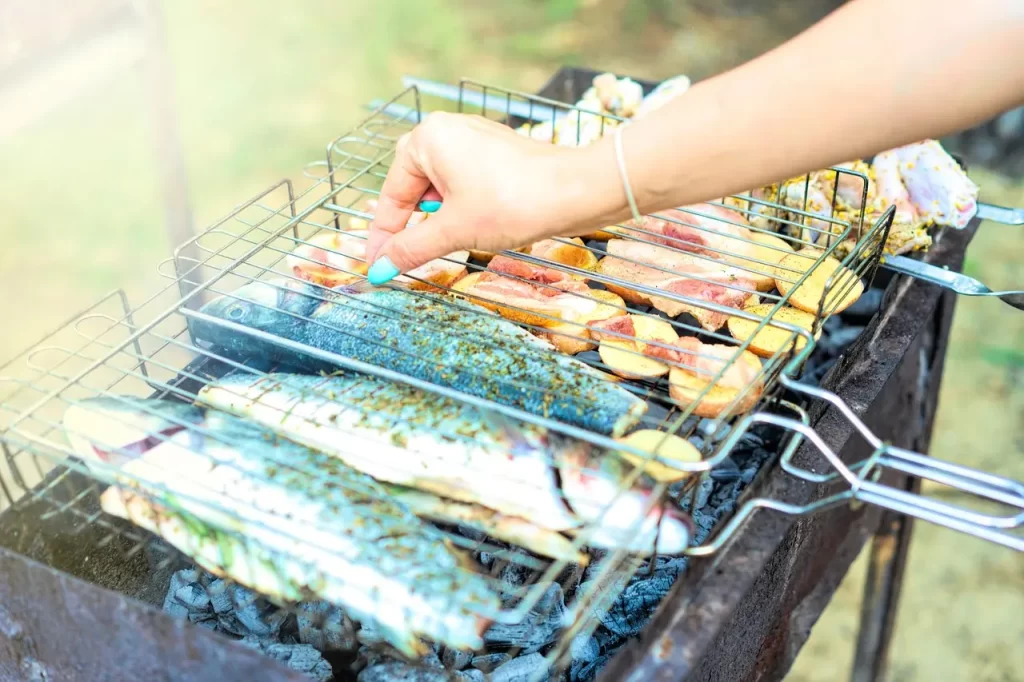
Pašticada
Pašticada, a crown jewel of Dalmatian cuisine, has its roots in ancient Greek and Byzantine influences. This amazing beef stew takes careful preparation that starts with an overnight marinade in wine vinegar. The dish carries such cultural importance that we served it at weddings, christenings, and other festive occasions.
Making this dish takes both precision and patience. Cooks stud the beef, usually top round or silverside cut, with garlic cloves and bacon before marination. The marinade is a vital part of tenderizing the meat and combines red wine, vinegar, and aromatic herbs. The process starts with searing the meat until brown, and then root vegetables get sautéed until they caramelize.
This rich sauce blends several flavors together:
-
- Prunes and dried figs
-
- Bay leaves and rosemary
-
- Tomato paste and red wine
-
- Nutmeg and cloves
The meat needs 3-4 hours to become tender, though cooking time changes based on the cut. Cooks slice the meat and return it to the sauce to cook more, which creates a perfect blend of sweet and savory flavors. The sauce should reach a chocolate-brown color from properly browned meat and caramelized onions.
Homemade gnocchi makes the perfect partner for pašticada, creating harmony between the rich sauce and tender pasta. This dish shows off Dalmatian cooking’s sophisticated nature, and each family protects their recipe like a treasured secret.
Rozata (Dalmatian Crème Caramel)
Rozata, a medieval dessert from Dubrovnik, shows evidence of Dalmatian culinary excellence. This delicate custard dessert has centuries of tradition dating back to the 15th century, and we served it throughout the summer months.
Rozulin gives the dessert its distinctive character – a unique liqueur made from brandy and rose petals. Local grandmothers would place their rozulin bottles in the sun for 40 days before using them in their recipes. The recipe just needs these ingredients:
-
- Eggs and milk in generous quantities
-
- Sugar for both custard and caramel
-
- Vanilla sugar and lemon zest
-
- Rozulin or rosewater to create that authentic flavor
The recipe just needs precise timing as the custard slowly bakes in a bain-marie at 180°C. The dessert must cool completely before unmolding to ensure the caramel custard keeps its shape. A golden-brown surface draped in rich caramel sauce marks the final presentation.
Rozata’s significance goes beyond its taste and symbolizes the Dalmatian coast’s political and cultural stability. Croatia’s culinary heritage list features this cherished dessert. The dessert even made an appearance at state dinners, including one for former U.S. President George W. Bush in 2008.
Rozata maintains its unique identity through distinct preparation methods and texture, though people often compare it to crème brûlée or flan. You can store the dessert in the refrigerator for up to a week. Locals prefer serving it fresh with whipped cream or seasonal fruits as garnish.
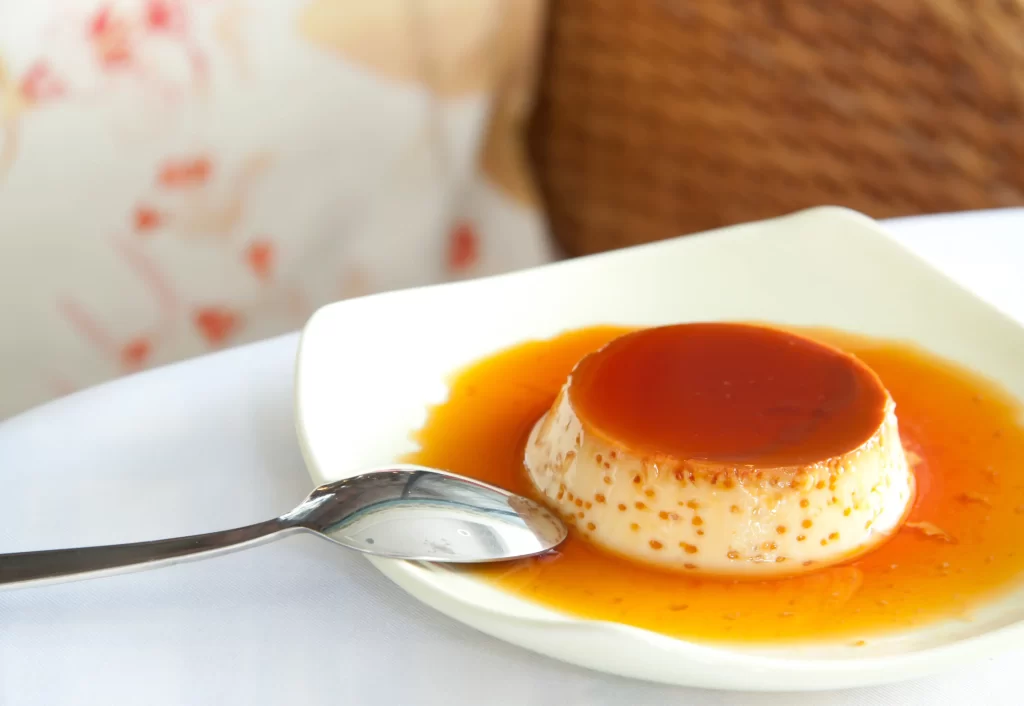
Dishes that showcase centuries of tradition
Dalmatian cuisine proves Croatia’s rich culinary heritage. Traditional recipes and cooking methods create memorable dining experiences. The dishes tell unique stories – from the patient preparation of peka under hot embers to the dramatic black risotto and Dalmatian prosciutto’s year-long aging process.
The authentic flavors taste best in their natural settings. Private Boat Adventures Dubrovnik takes guests to islands like Šipan, Lopud, and Mljet that serve traditional Dalmatian dishes in authentic locations. Fresh-caught Adriatic fish awaits at local konobas, and family-run restaurants prepare pašticada using secret recipes passed down through generations.
Your food experience in Dalmatia goes beyond a simple meal. These dishes showcase centuries of tradition and Mediterranean lifestyle that bring families together. Take time to enjoy each bite and appreciate the careful preparation methods. The warm hospitality makes Dalmatian cuisine special.
